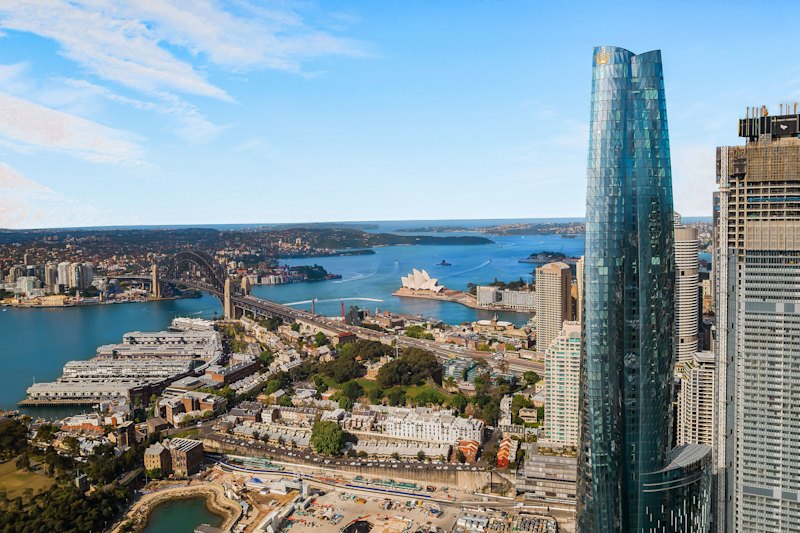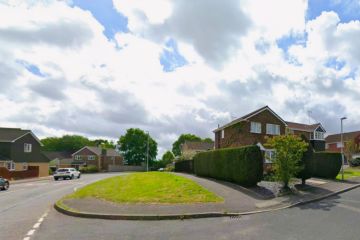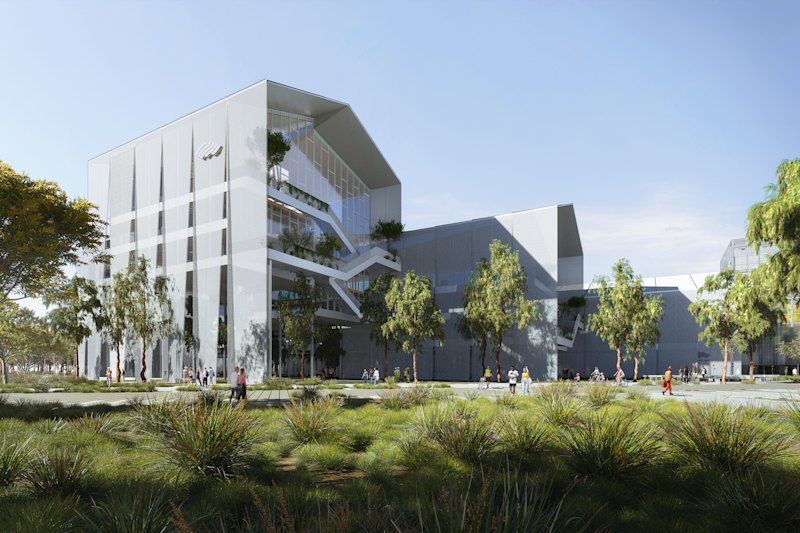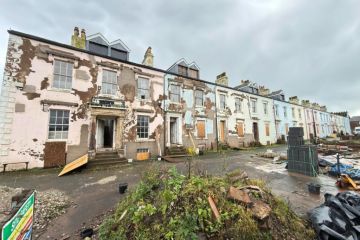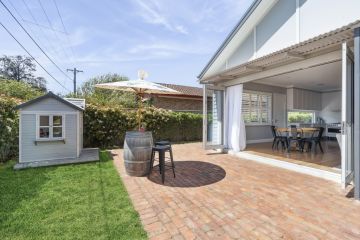Australia's best homes recognised at National Architecture Awards in Canberra
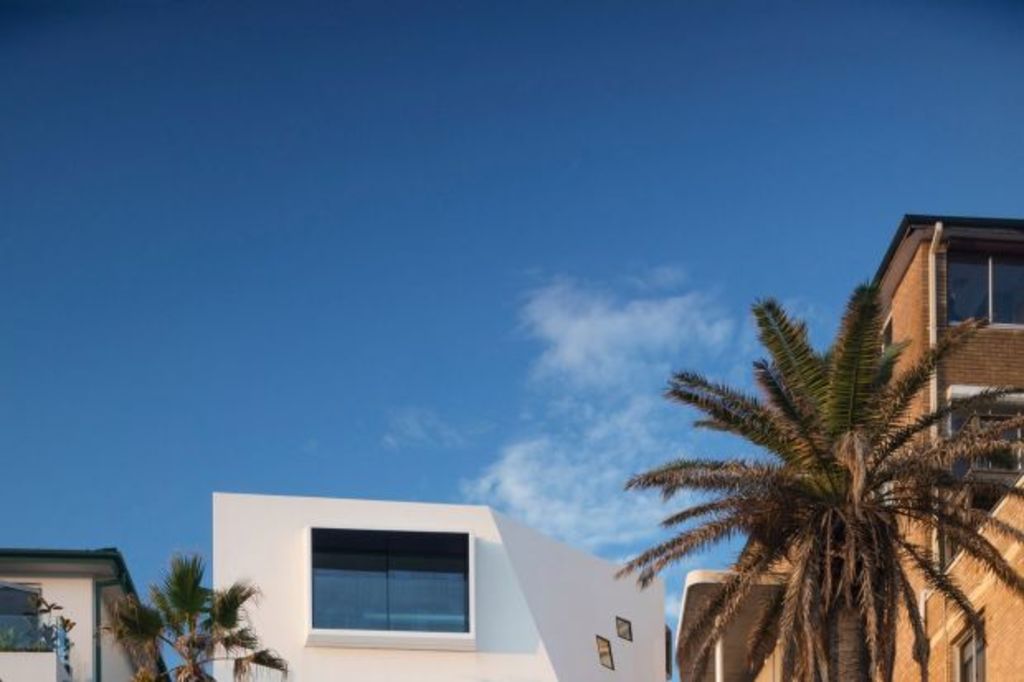
A contemporary concrete beach home, a sustainable rainforest house and a Defence Housing Australia project were among the winners at this year’s National Architecture Awards.
It was a converted former apartment block in Sydney’s eastern suburbs that took out the top award for a new home.
“It’s a significant work, it’s not at the lower end of the cost scale but it’s got a modesty about it – it’s beautifully direct and honest,” jury chair Ken Maher said about the Tamarama House from Durbach Block Jaggers Architects.
He said the white, cube-shaped luxury home, which won the Robin Boyd Award, thoughtfully dealt with its site on a suburban street. Inside the home are sculpted interiors realised in oak, concrete, render and painted steel.
“It’s not just a single hit,” said Mr Maher. “You are drawn through it, around it – it’s a very, considered, elegant work”.
Of the 72 entries shortlisted for the national honours, it was one of 35 awarded in Canberra on Thursday night, with 13 additional commendations also given out across the 14 categories.
Also recognised with national commendations in the the category were two Melbourne projects – the Rose House by Baracco+Wright Architects in Fitzroy North and the Dark Horse in Brunswick East by Architecture Architecture.
Coogee House by Chenchow Little, and two Queensland projects – Mitti Street House and Cape Tribulation House – also scored New Home National Awards, and Tent House by Sparks Architects was given the People’s Choice Award.
- Related: Australia’s most weird, wonderful new architecture
- Related: Hottest architectural trends of 2017
- Related: Seven Australian architects you should know
When it came to renovations, Captain Kelly’s Cottage by John Wardle Architects, was recognised with the Eleanor Cullis-Hill Award for the careful, patient restoration undertaken on the home on Tasmania’s Bruny Island.
It was one of the projects that came out of regional areas, a trend Mr Maher found encouraging, as was the number of emerging practices awarded.
“It was great to see work from lesser known architects as well – the future of the profession is in good shape,” he said.
Mr Maher said in the residential entries he’d seen a focus on craft and detail, with a strong preference for natural materials overall.
He thought architecture, like other industries, was grappling with the challenges of a sustainable future and this was something that came through in the winning projects.
One example of a sustainable home was the aforementioned Cape Tribulation House from m3architecture, an off-the-grid home set in the Daintree Rainforest. It was built in an existing clearing, providing the experience of immersion in nature, and cleverly designed to direct the observer’s view up into the canopy.
Troppo Architects‘ project for Defence Housing Australia was awarded top honours in the Multiple Housing category.
Mr Maher said it showed a new way of dealing with increased density in a suburban setting, and a different way of doing tropical housing.
“It’s putting two houses on a site that might have previously had one”, he said, pointing out it “sits well on the scale of the neighbourhood”.
Another project that offered a fresh approach to density was Crown 515 from Smart Design Studio, a reinterpretation of the traditional terrace, located on a corner in Surry Hills.
A private development with residential and retail spaces, designed for an individual client, he described it as “highly contemporary, bold, but empathetic to the context”, referring to the traditional terrace housing found in the area.
“That’s another overall trend – things being very specific to the space, to the client, yet having more universal lessons for the public,” Mr Maher said.
“We were very interested, as a jury, in the kind of contribution architecture makes to the public realm,” he added. “In a sense – being part of a community.”
We recommend
States
Capital Cities
Capital Cities - Rentals
Popular Areas
Allhomes
More
- © 2025, CoStar Group Inc.
